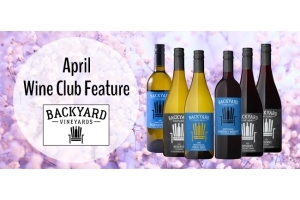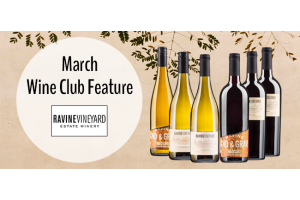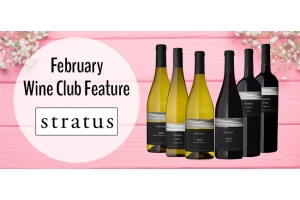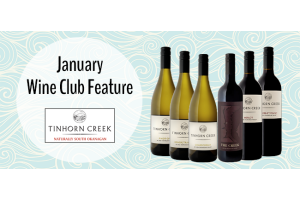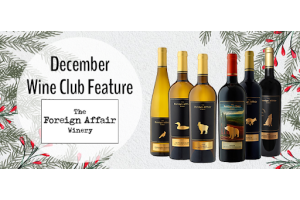Wine 101: Craft Beer for Wine Fans

Anyone in the wine trade will tell you, there’s nothing better after a long session of wine tasting than a delicious, refreshing beer. Almost spa-like, it rejuvenates the palate wonderfully and, when necessary, allows you to keep the good times rolling. There are obvious differences and contrasts between wine and beer, but this post isn’t about the technical elements. Nope, this post is for those wine fans who are looking to dive into the world of craft beer, a world people seem to be going bananas about these days, and how to find a style you like based on your wine preferences. For those looking for dinner party themes, people always seem to have a blast whenever I’ve done seminars or events putting craft beer and wine side-by-side in similar categories. Of course, they are double-fisting in those scenarios, so that could be part of it, too. So here you go - if you like these kinds of wines, you’ll probably dig their craft beer counterparts.
Dry Riesling
So, you like a vibrant, mineral-driven Riesling? Something like Tawse 2013 Quarry Road? Try heading towards a wheat beer, also referred to as witbier. This style of beer is generally a touch cloudy, and often brewed with orange peel and coriander. That touch of coriander’s the key - it mimics a Riesling’s minerality quite well!
Sauvignon Blanc
Sauvignon Blanc’s known to be quite citrusy - you wouldn’t have to look any further than Stag’s Hollow’s 2014 Sauvignon Blanc for evidence of that. The same could be said for IPA’s, or India Pale Ales. Quite hoppy in nature, there’s an intensity to this style of ale, just as with Sauvignon Blanc. Look for beers that use Citra or Cascade hops, as they’re some of the zippiest ones out there!
Pinot Noir
While I like plummy or berry-driven character in my Pinot Noirs, I love it when there’s a touch of earthiness, truffle, or hint of wild mushroom character in there too. Something like JoieFarm 2013 Pinot Noir. Look for a beer brewed with brettanomyces, a yeast strain that is actually employed in brewing from time to time, as opposed to winemaking where it’s generally avoided as it becomes a lot more pungent in wine than in beer. A Belgian Trappist ale like Orval is a good example of this style.
Bordeaux-Style Blends
This could mean any wine composed of Cabernet Sauvignon, Merlot and/or Cabernet Franc. Think Fort Berens Estate Winery’s Meritage. For a darker, heavier wine that may have a touch of chocolate or coffee notes from oak use, look towards a beer that shares similar character. Porters and Stouts are a good place to start!
Kurtis Kolt is a Vancouver-based wine consultant, writer, competition judge and enthusiast. Track him down at KurtisKolt.com, or on Twitter and Instagram @KurtisKolt.

